One thing I hear often on the phones here at J&P Cycles is the phrase "old school." Another term bandied about is "bobber." Where do these phrases come from? What do they mean? What is the definition of a "chopper?" With that in mind, let's address the origins of slang used in the motorcycle world.
Let's start with the term "Chopper." These days this word has come to mean any custom motorcycle. However, in its origins, this referred to a bike that has all the extra goodies chopped off to provide a bike with the minimum essentials required for operation. Fenders cut down or off, smaller gas tanks being fitted, changing handlebars, changing forks or cutting the bikes neck to change the fork rake are all examples of "chopping" a bike.
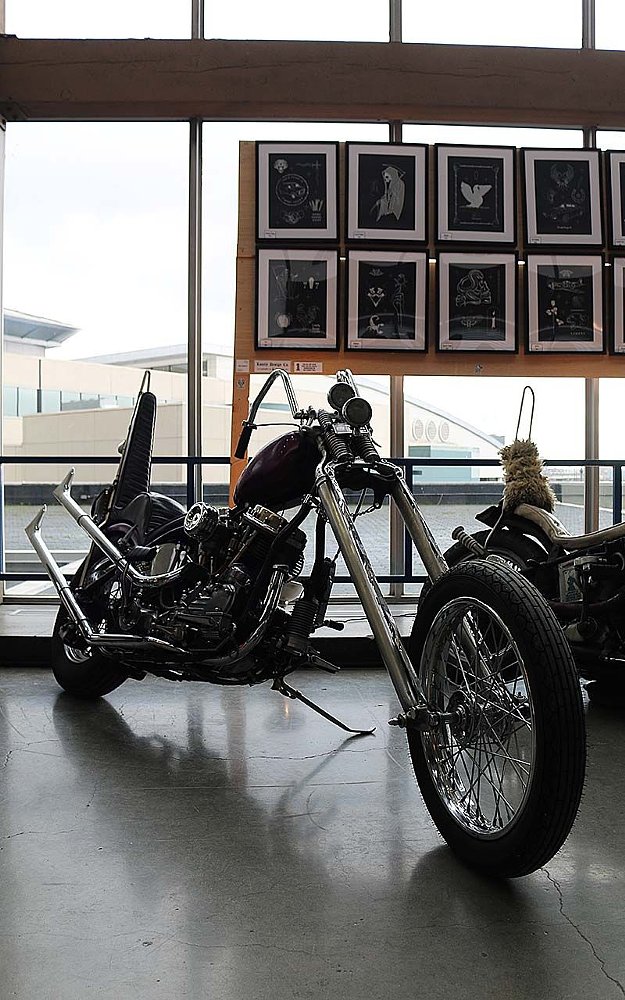
In the '40s and '5os, "Bobbing" a fender became popular it is where the rear of a fender is cut off, or the front section is removed and the fender is rotated forward to retain the ducktail look of the stock fender. In 1980, Mother Harley took its styling cue from what the riders were out there creating when it introduced the FXWG. The rear fender on this bike is called a Fat Bob and its styling is still in use today on Softails and FXDWG models.
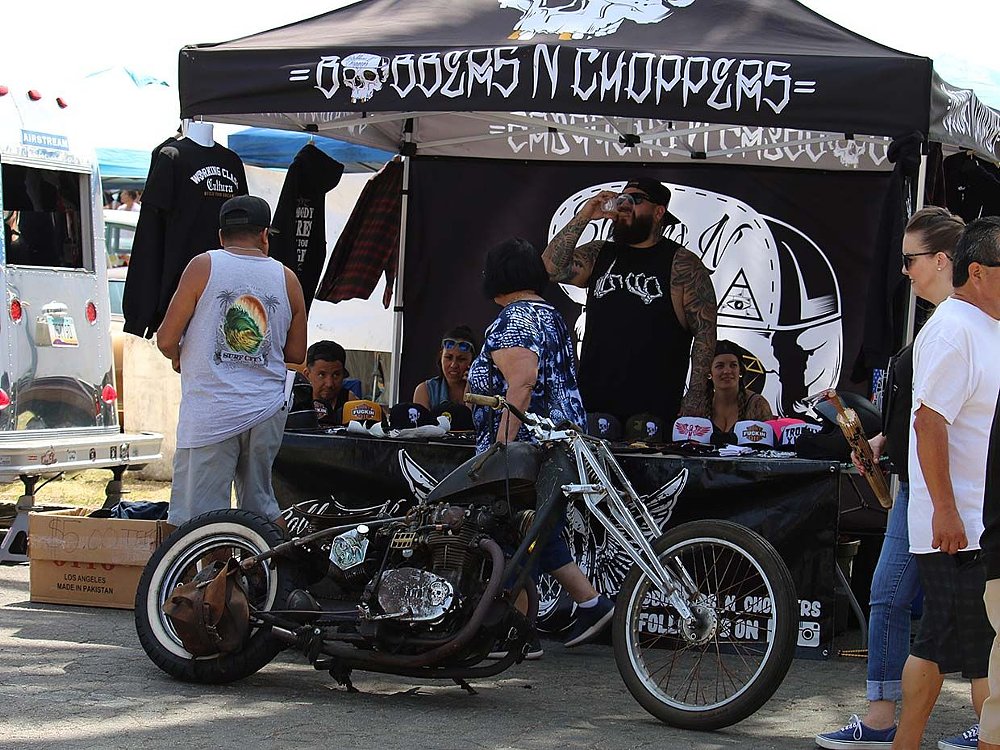
"Fat Bob" is another word to discuss. This term came from a bike that still had the big 3-1/2 gallon gas tanks, with a bobbed rear fender. Fat tanks, bobbed fender, hence Fat Bob. This style bike generally had the stock width, stock length front end. These are all features of what today's definition of a "Bobber" entail.
In the mid '50s Harley began production of the K model series bikes followed by the XL models in 1957. These smaller, lighter bikes had fork assemblies that where not as wide as the heavyweight bikes already in production. During these years, the terms "Wide Glide" and "Narrow Glide" were coined. Fitted with 19-inch wheels, it was very popular to get rid of the fat tanks, scrap the wide front end and install the narrow glide front end assembly on Big Twin (chop all that unneeded stuff off!). Willie G, the styling Guru at H-D followed this lead in the early '70s. That's where the frame and engine of an FL series bike was factory equipped with the fork assembly from an XL series bike. This marriage resulted in F(LH) + X(L) = FX. To this day all FX series bike have 19 (or 21) inch wheels. The factory has followed in the bike fashion field more often than they like to admit.
Did you know that Harley did not design the original Softail Chassis? Unfortunately I do not remember the name of the company that designed this groundbreaking chassis, but I do remember in the early '80s seeing them advertised in the Chopper magazines. The company was from St. Louis, and Harley bought all the designs and rights to this product. Harley knew a good thing when they saw it.
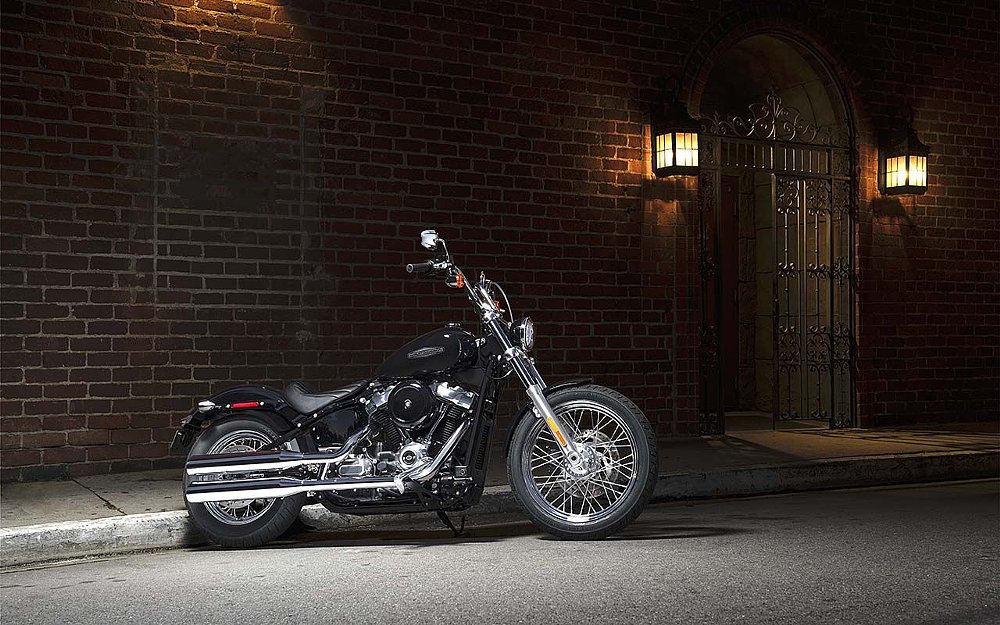
"Softail" is another word we can define. Prior to 1958, all Harley Big Twin models had rigid frames (hardtails). In '58, the rear suspension styling from the K & XL was brought over to the FL series bikes. The shocks and swingarm added a good bit of poundage to the heavyweight line. A very common thing to achieve a cleaner look for bike builders since the '60s, is to use a pre '57 or custom built rigid frame (chop it down, get rid of the extra weight). When it arrived, the Softail copied the clean line of a rigid frame, with the wonderful advantage of rear suspension, hence coining of the word "Softail." I started out riding hardtails when I began, because I didn't know better. As I get older, I am less inclined to sacrifice comfort for looks. But it is hard to beat the clean appearance of a true chopper. Another term used in this article is "Big Twin." This slang term means any of the larger displacement engines that do not have the transmission in a common case like a Sportster. A term for the XL engines could be "Little Twin" but that has never caught on.
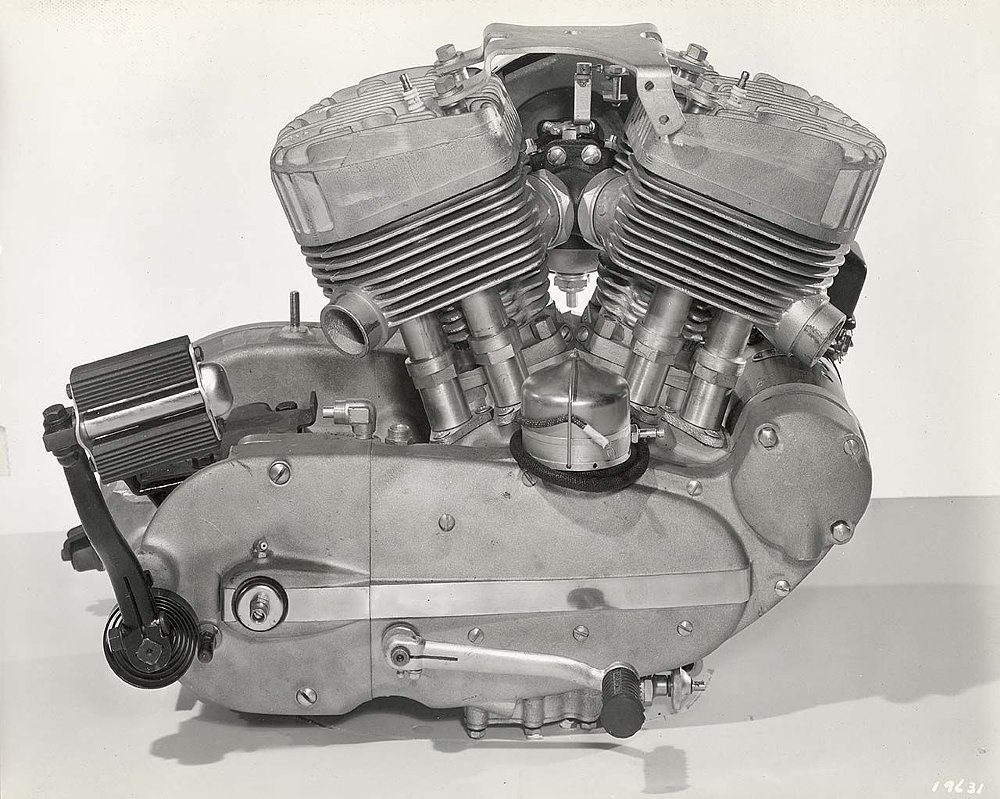
Next we can move on to engines. "Flathead" is the slang term for an engine that has the valves alongside the cylinder. Another term for this is "side-valve." Automotive engines of this type are referred to as flatheads. The flathead motor began production in 1929 and the final version left the factory in 1973. That's a production run of a whopping 44 years! The "Knucklehead" engine gets its name from the appearance of the rocker assemblies. They look like your knuckles when you make a fist. These where produced from 1936 to 1947. An upside down dishpan is what the valve covers of a Panhead resemble. This style motor was made 1948 to 1965. An "Ironhead" is the nickname of a Sportster engine built between 1957 & 1985. The "Shovelhead" name is supposed to have originated from looking like a folding military shovel. The Shovelheads production run started in 1966 and lasted to 1984. The next engine has two common names, Evolution (Evo for short) or "Blockhead." The cylinders are squarer than a Shovel's, thus the name Blockhead. "Evolution" is what Harley termed its engine program after the buy back from AMF. This production run was 1984-1999. The final engine built from '99 on, got bigger cooling fins, which gives it the moniker "Fathead," it is more commonly referred to as a "Twin-Cam" (TC or TC88).
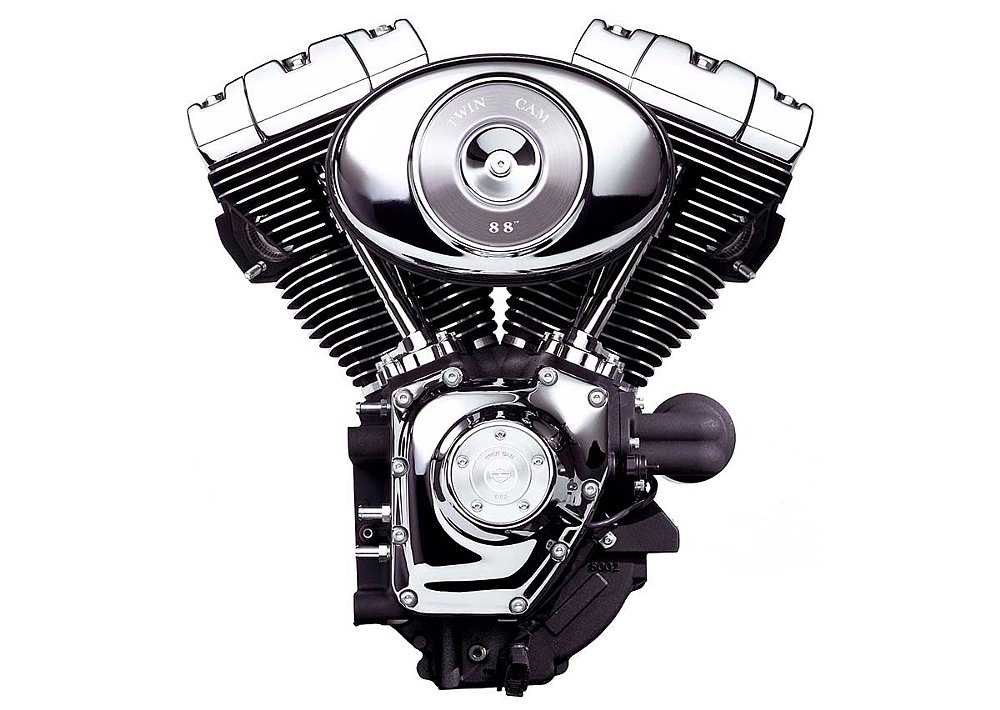
We've covered a number of common terms today, but still haven't said anything about "old school." I imagine a fair definition of this would be to do your design in the same manner of earlier styles. Today we have a huge range of aftermarket parts allowing us to give our bikes a wide variety of styles. The folks that developed things like "bobbers" or the original "choppers" did not have that luxury. They had to cut, shape, and build their own parts to get things to look the way they wanted. To me, that's "old school."



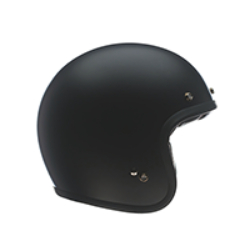

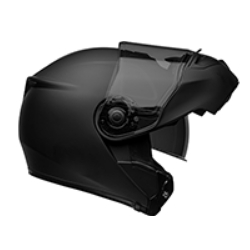

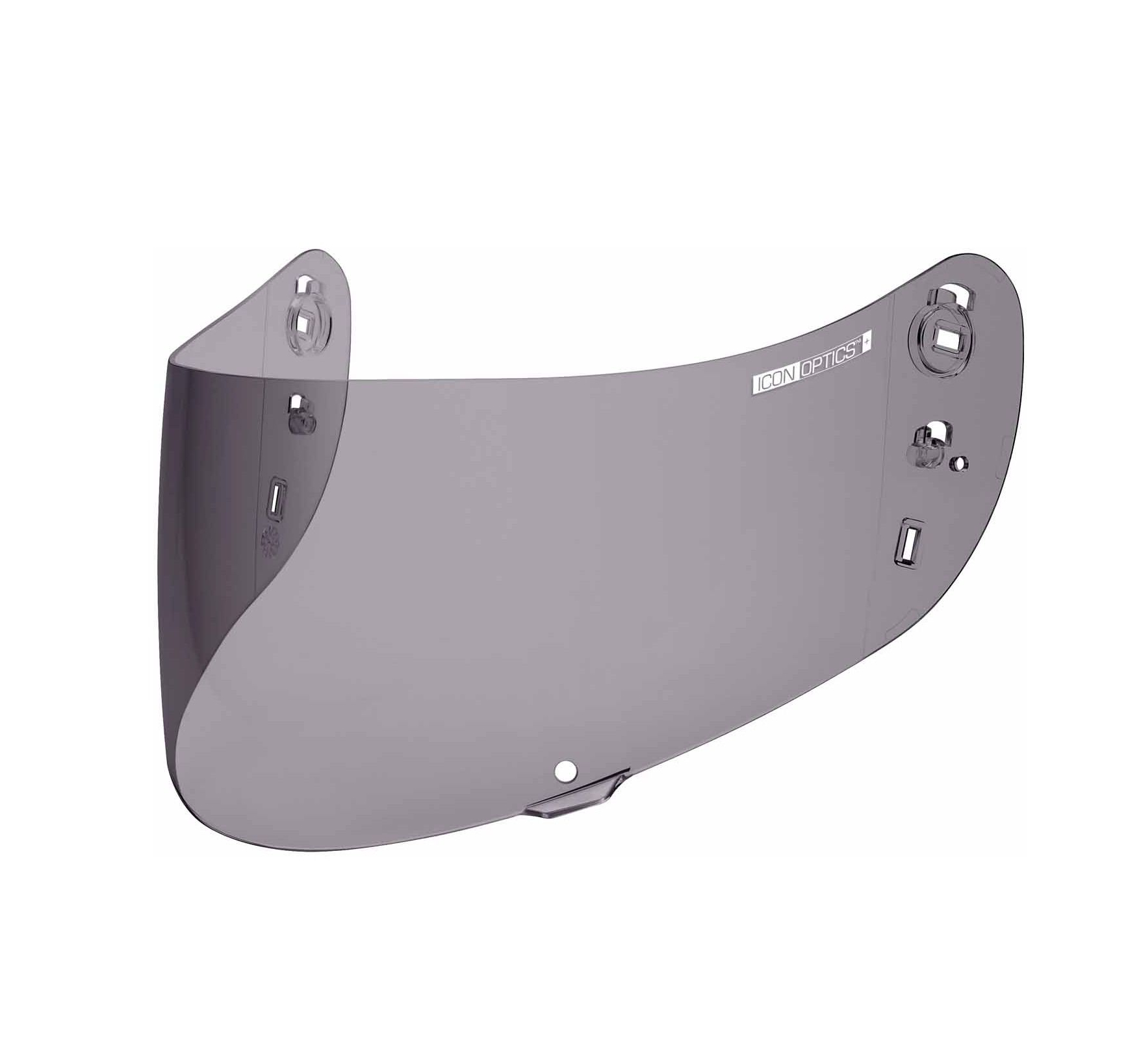
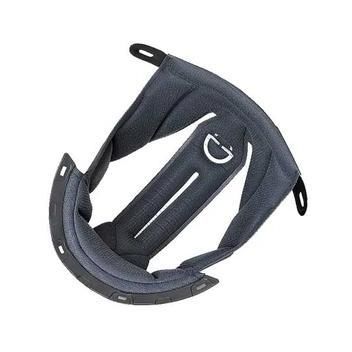

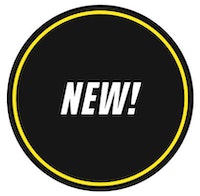

 Membership
Membership






